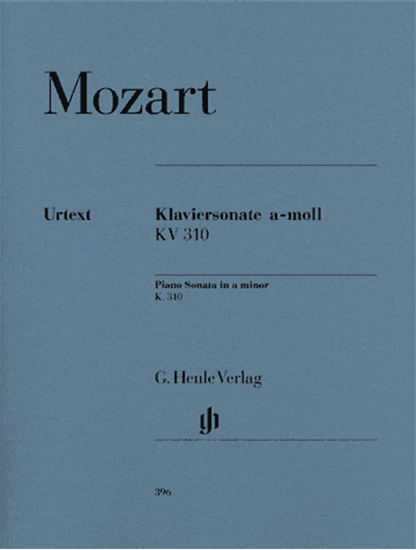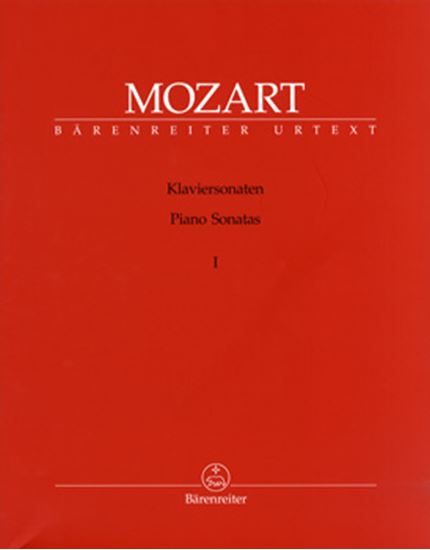Mozart, Wolfgang Amadeus : Sonate für Klavier Nr.9 Mov.2 Andante cantabile con espressione
Work Overview
Genre:sonata
Total Playing Time:10 min 00 sec
Copyright:Public Domain
Commentary (3)
Author : Okada, Akihiro
Last Updated: March 5, 2019
[Open]
Author : Okada, Akihiro
Second Movement: F major, 3/4 time, Sonata form
In contrast to the A minor of the first movement, F major, the subdominant of the relative major, is chosen.
Although an Andante movement, it has a two-part structure, possessing a secondary theme in the dominant (from m. 15) and its recapitulation in the tonic (from m. 68), making it a clear sonata form. However, it is adorned with scales and ornamental passages, and can be said to exhibit a similar character to the middle movements of previous sonatas.
Author : Ooi, Kazurou
Last Updated: July 21, 2025
[Open]
Author : Ooi, Kazurou
This is an aria movement, a solo for a female singer. It should be interpreted vocally, not instrumentally. The tempo may be crucial for this movement. Although marked "Andante," it must proceed slowly enough that Adagio would not feel out of place. This is due to the subsequent appearance of many small notes; when playing measures 12 and 27, the tempo should be set to avoid any impression of urgency or haste.
When playing these measures, which are densely packed with small notes, while a leisurely tempo can be chosen, there is a possibility that measures written with longer note values, such as measure 1, might become elongated. In such cases, one approach could be to play measure 1 at a normally moderate tempo, and then, upon reaching measures like 12 and 27, slightly reduce the tempo specifically for those sections.
Naturally, it is desirable for the tempo to be consistently one throughout, and fundamentally, there will be a single tempo setting. However, this movement does not feel out of place with a performance closer to Romantic-era playing, utilizing tempo rubato. In fact, it can become more charming. For instance, measures 37-42 are sections that must move forward and build tension, but adhering strictly to the basic tempo prevents this tension from being heightened. While these are certainly slight tempo differences, I believe it is permissible to vary the tempo according to the specific situation.
Author : Okada, Akihiro
Last Updated: March 1, 2021
[Open]
Author : Okada, Akihiro
In contrast to the A minor of the first movement, F major, the subdominant of the relative major, is chosen. Although it is an Andante movement, it has a two-part structure with a secondary theme in the dominant (from m. 15) and its recapitulation in the tonic (from m. 68), clearly indicating a sonata form. However, it is adorned with scales and ornamental passages, and can be said to exhibit a similar tendency in character to the middle movements of previous sonatas.
PTNA & Partner Channel Videos(4items)
Sheet Music
Scores List (12)

(株)全音楽譜出版社

(株)全音楽譜出版社

(株)全音楽譜出版社

(株)音楽之友社

ヘンレ社(ヤマハ)

(株)全音楽譜出版社

ヘンレ社(ヤマハ)









